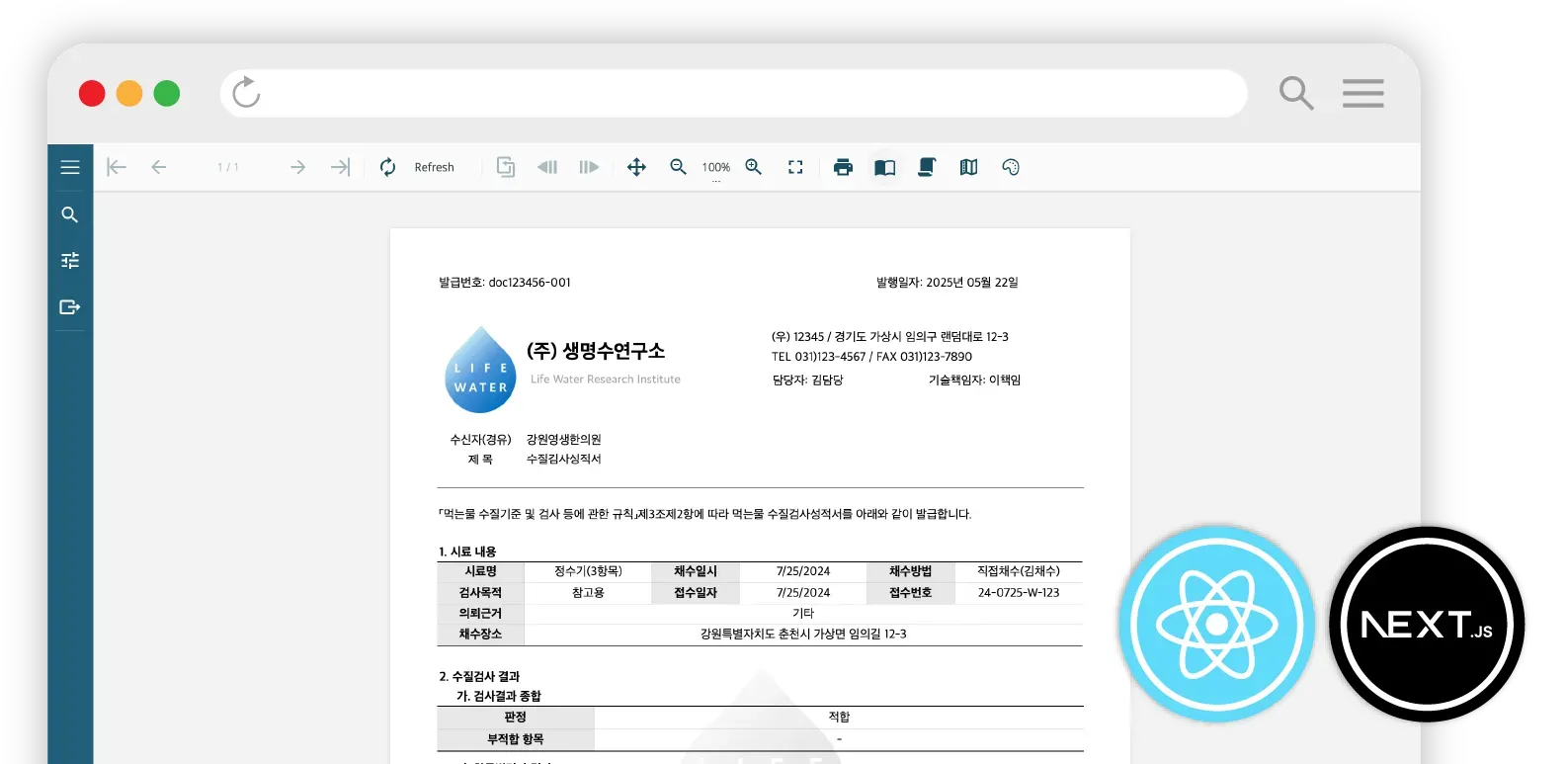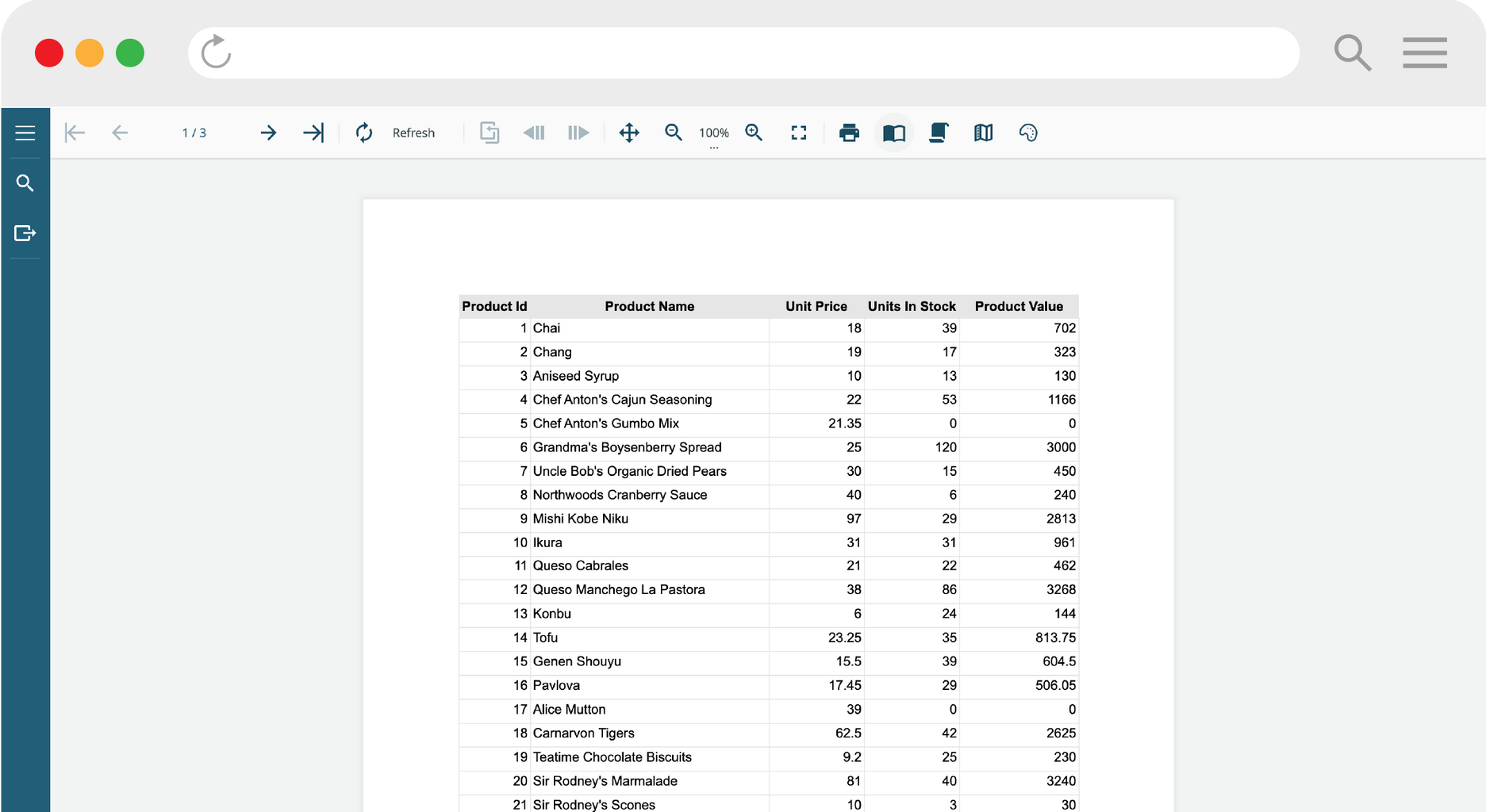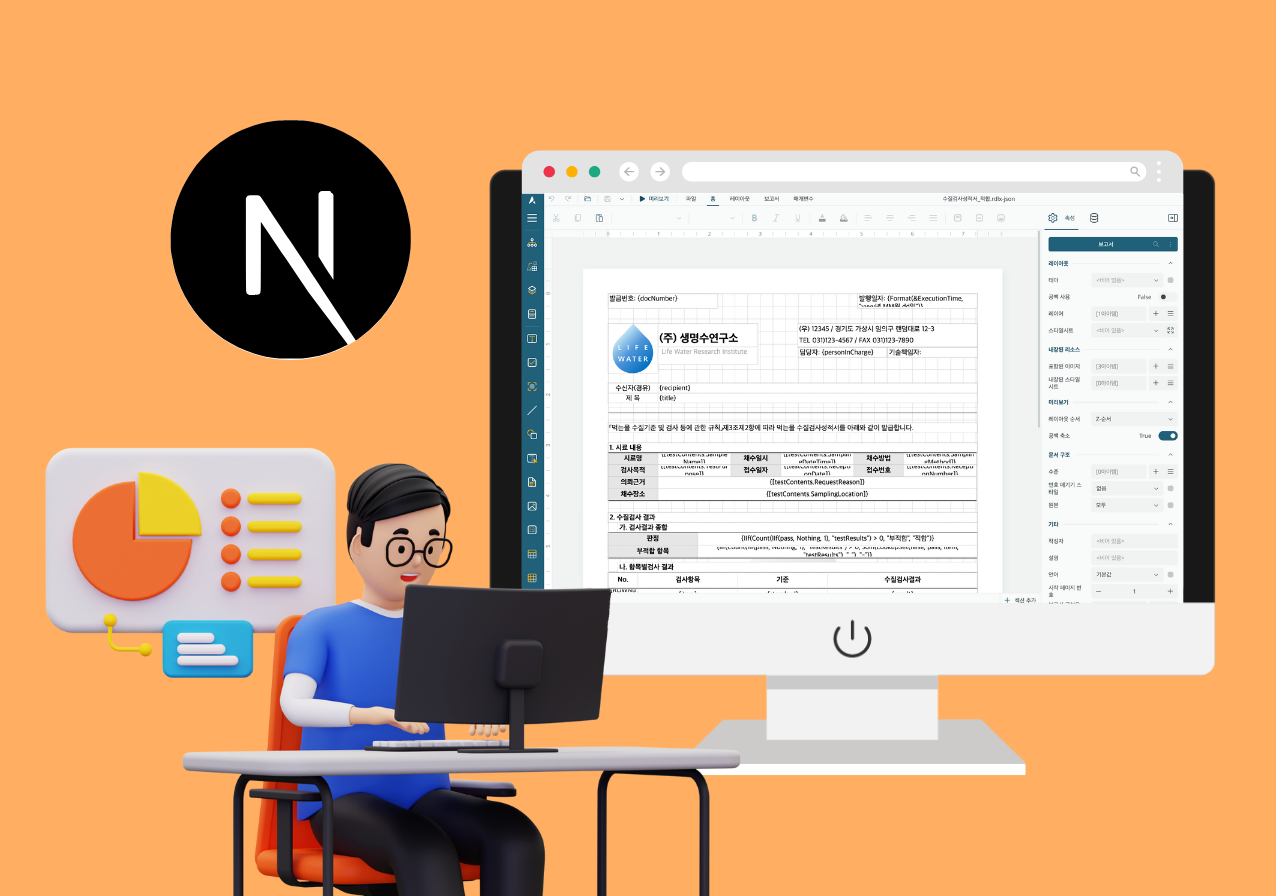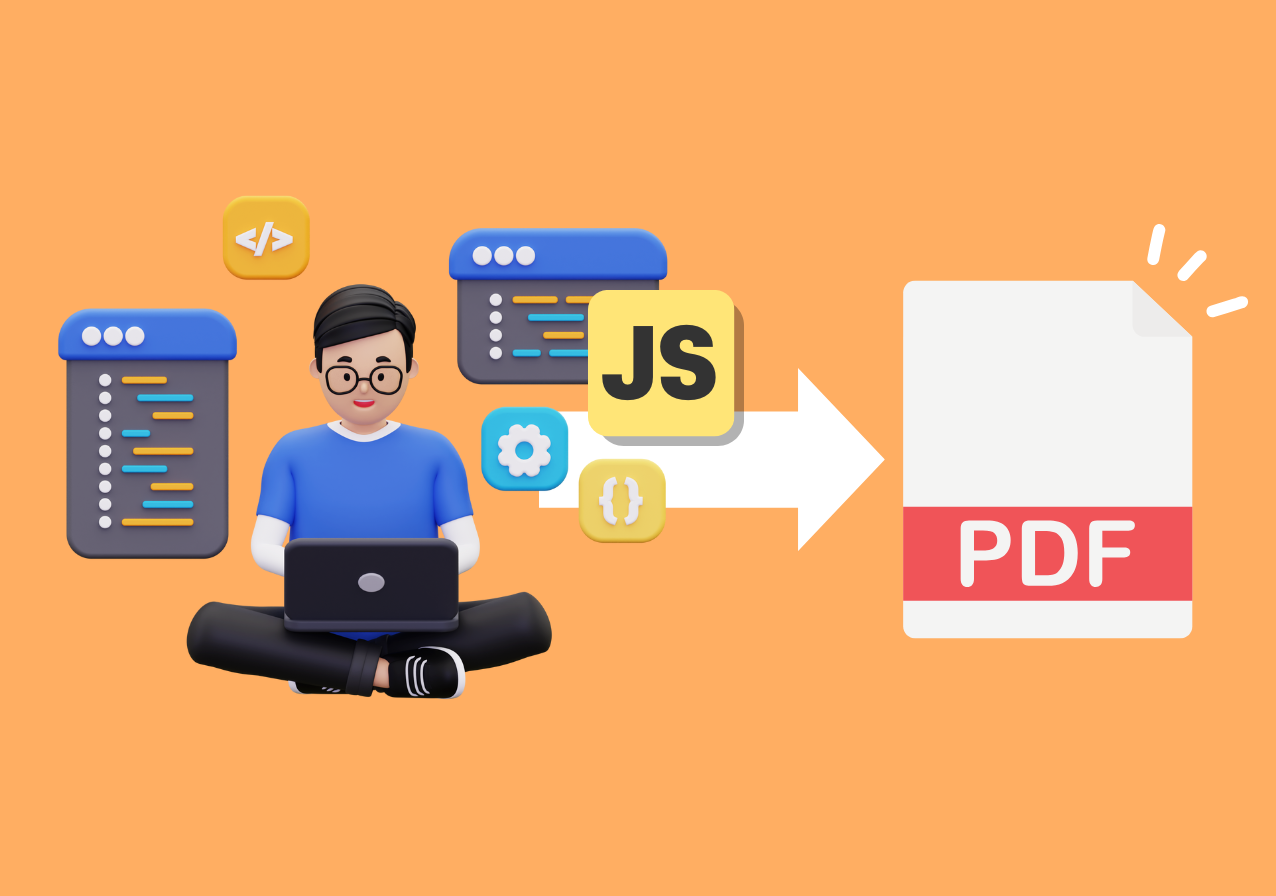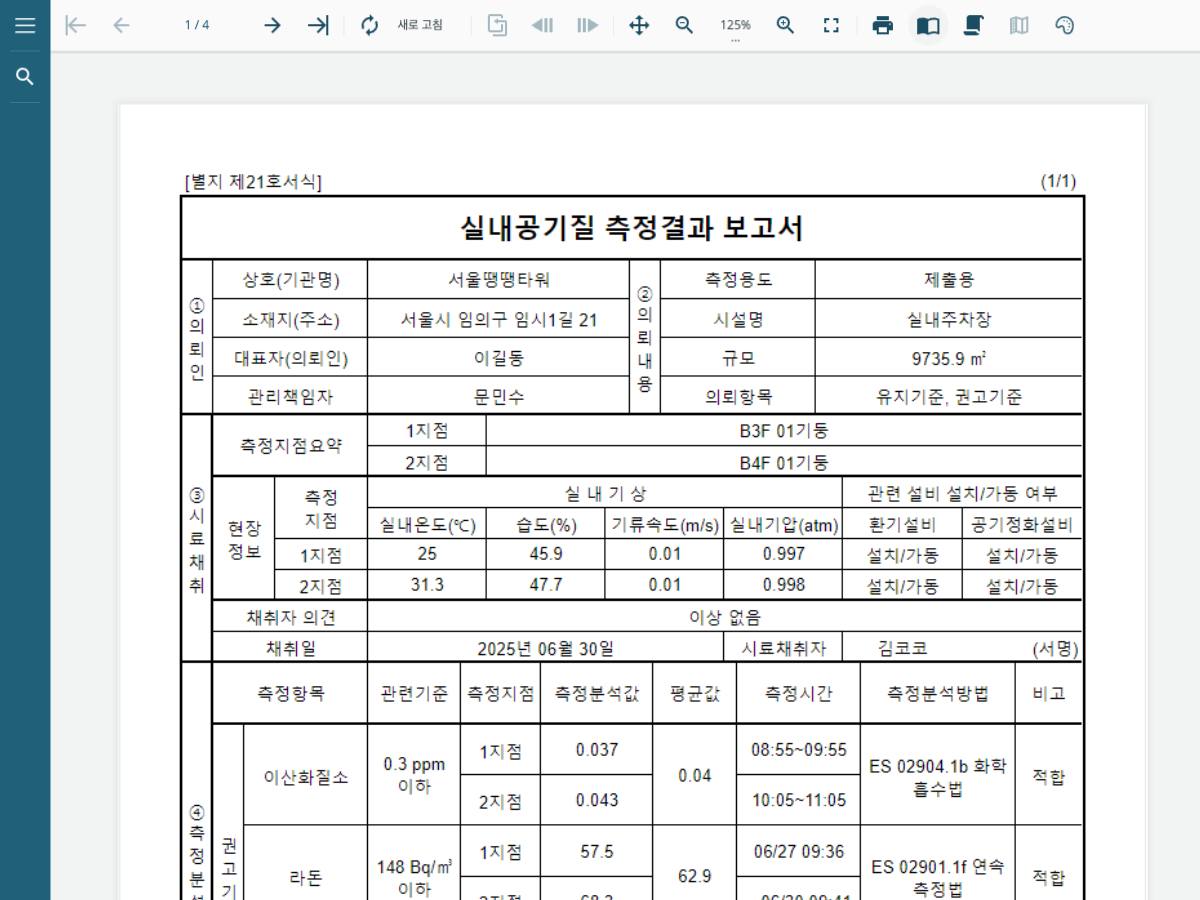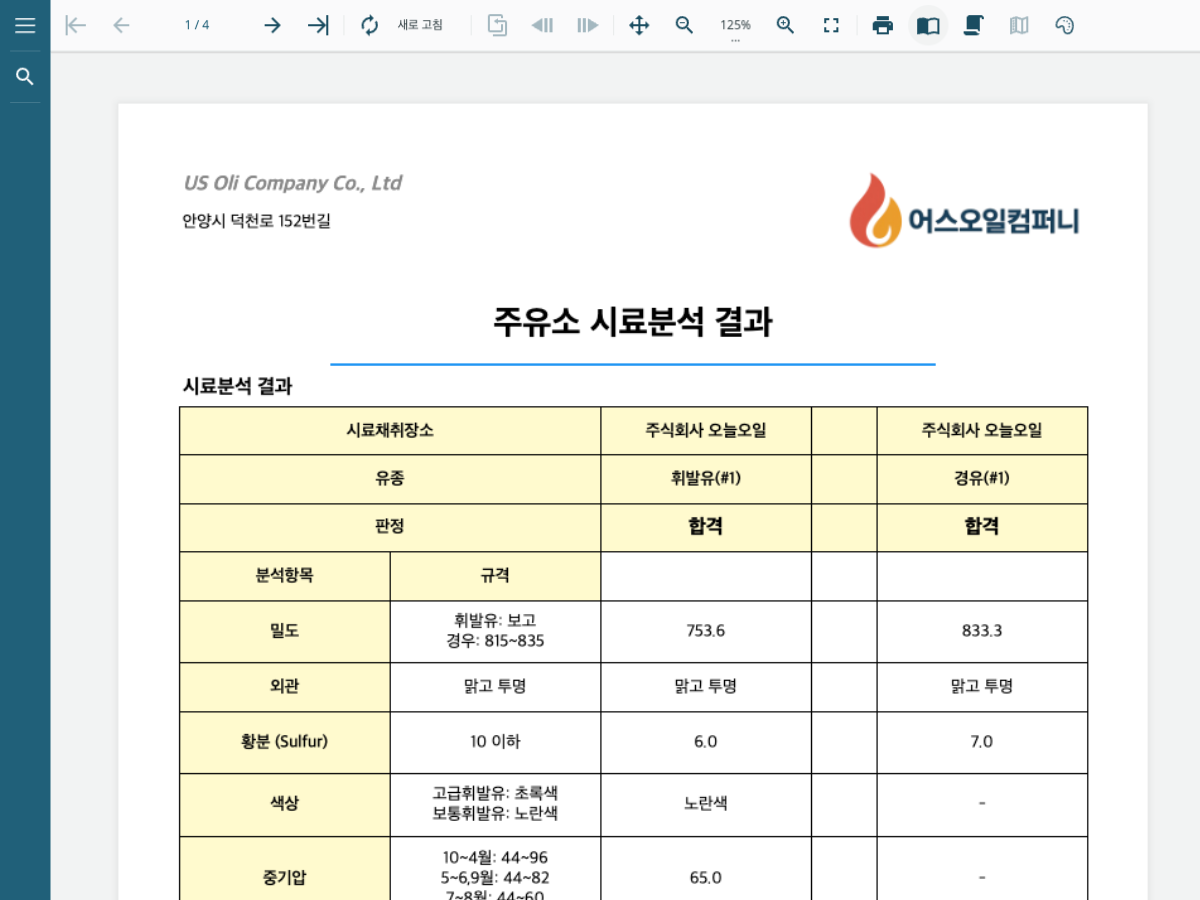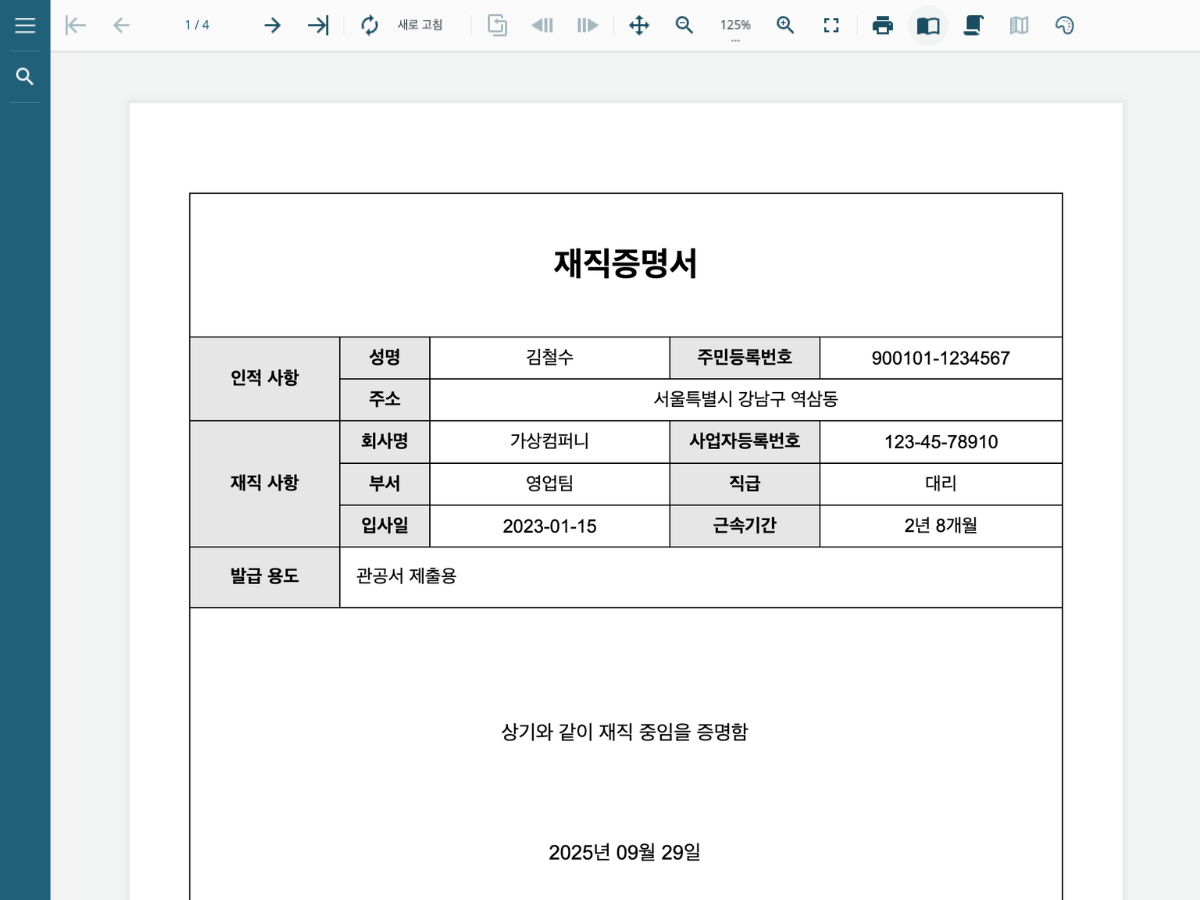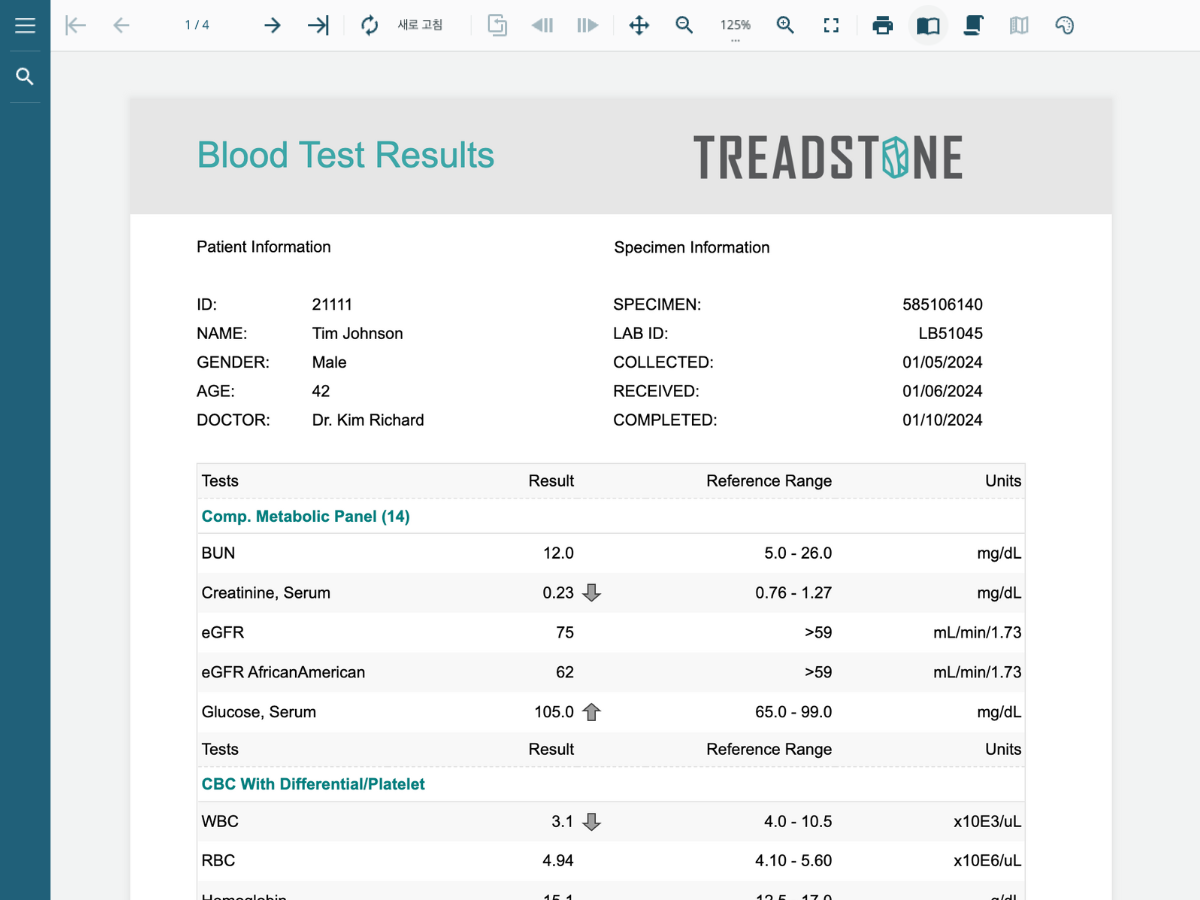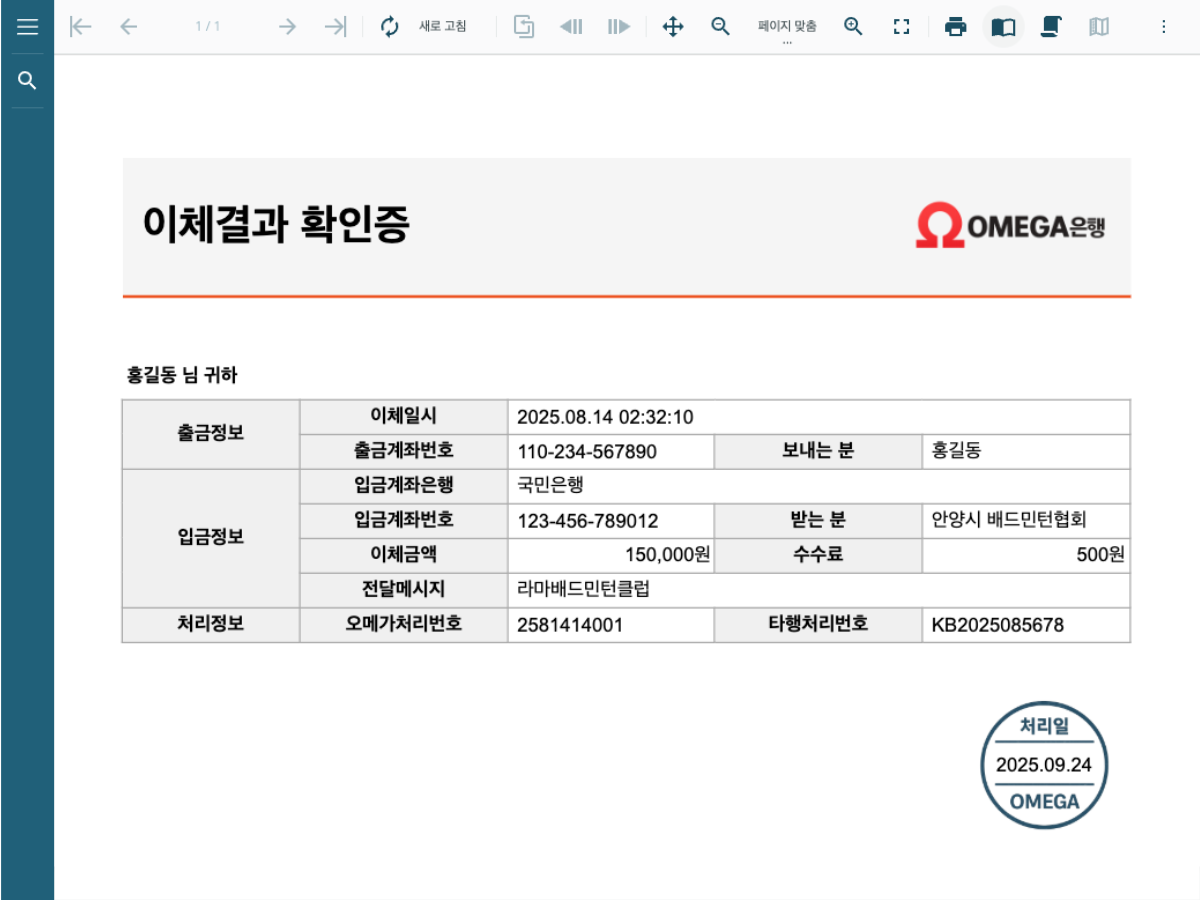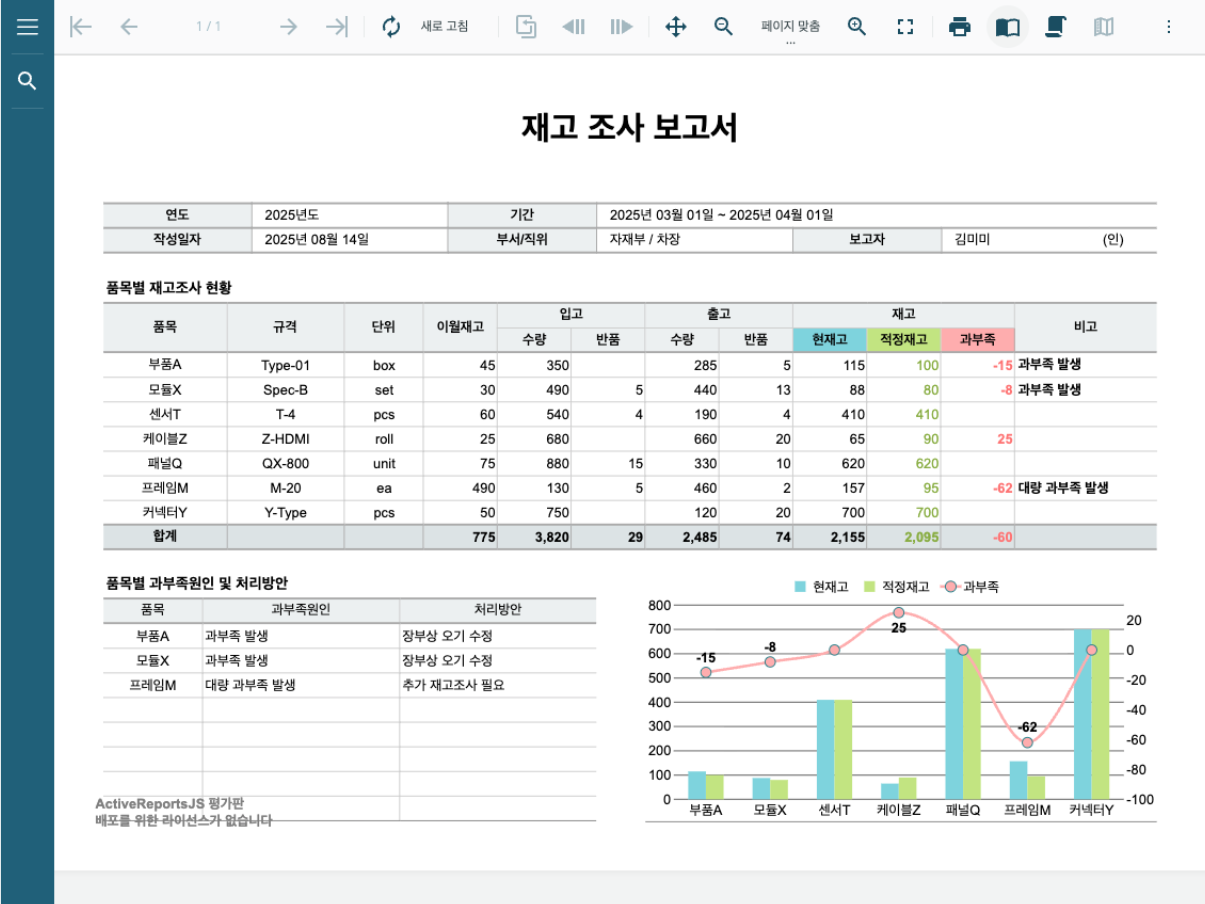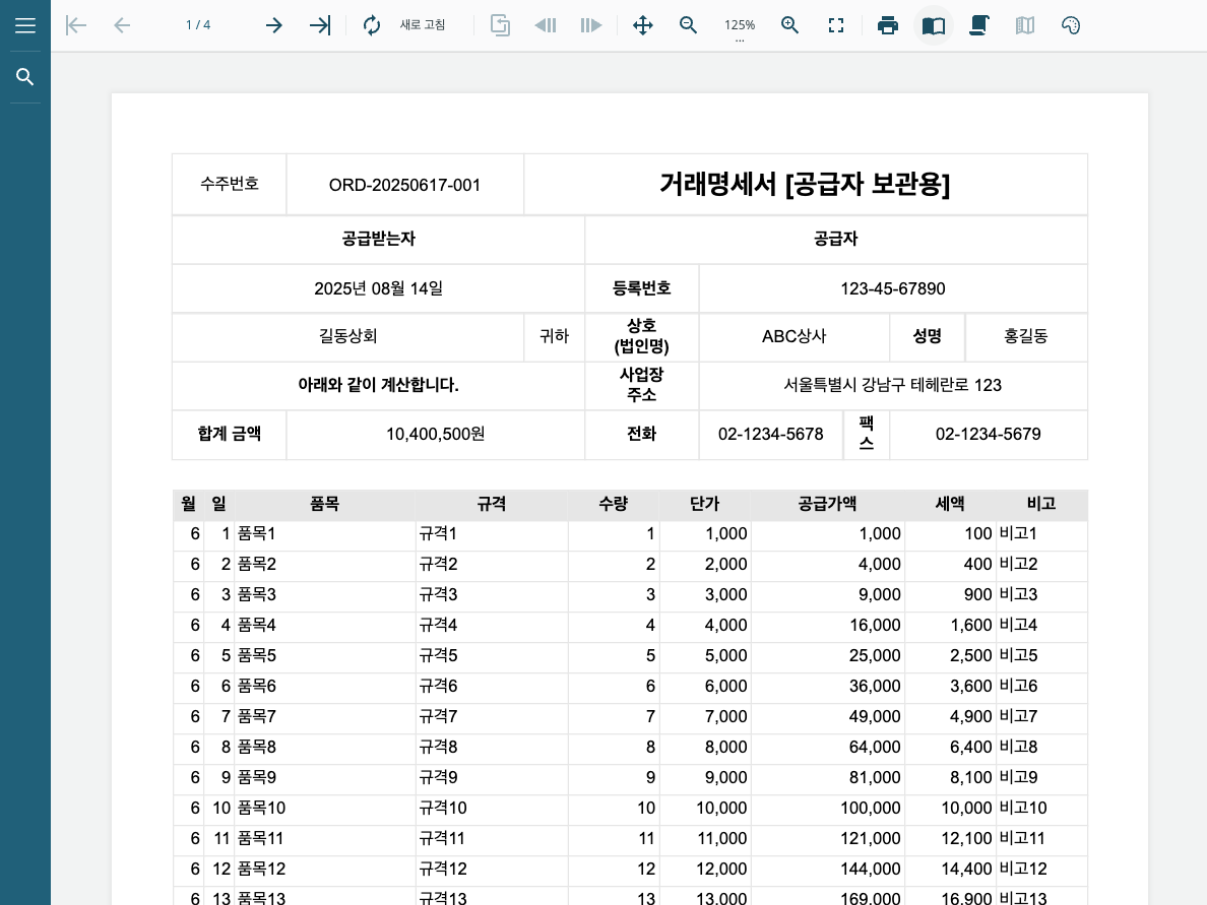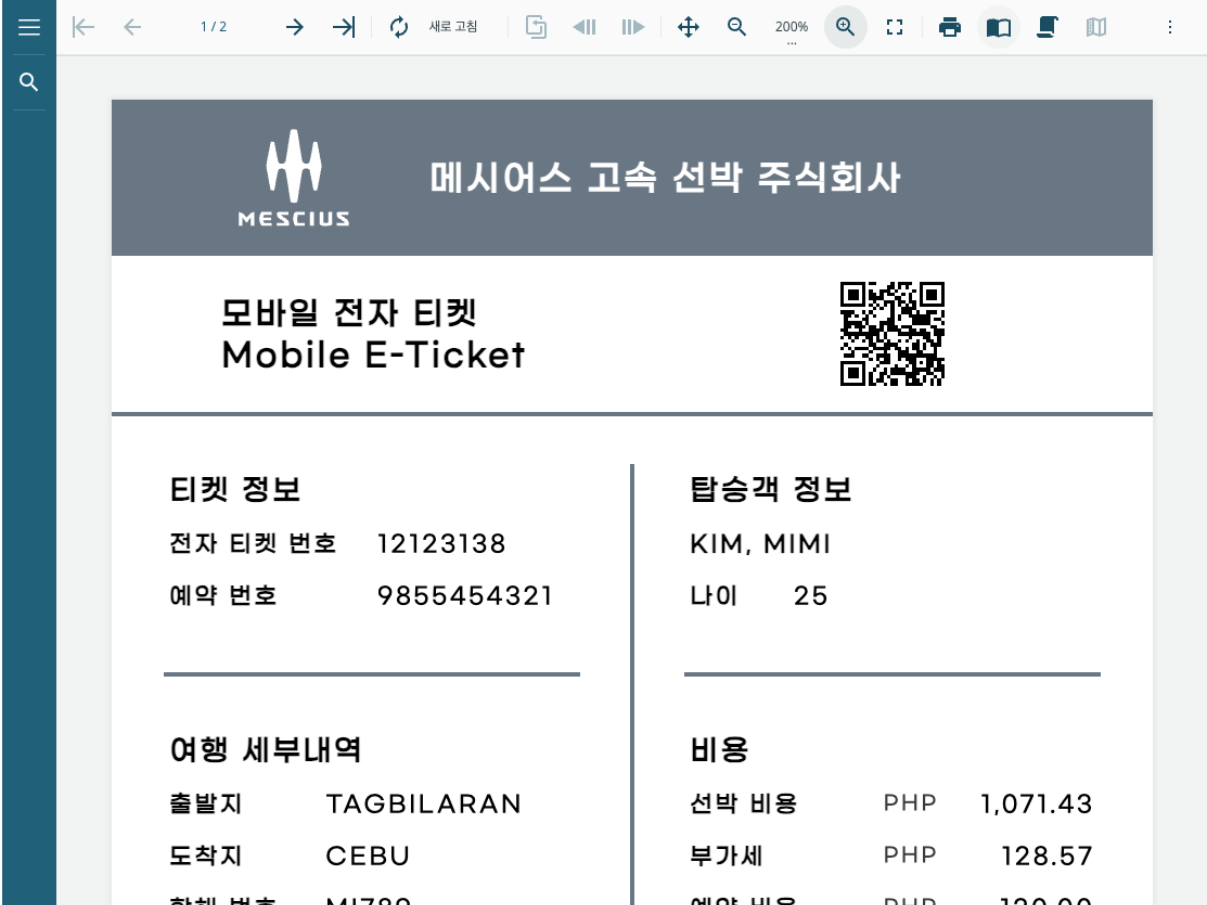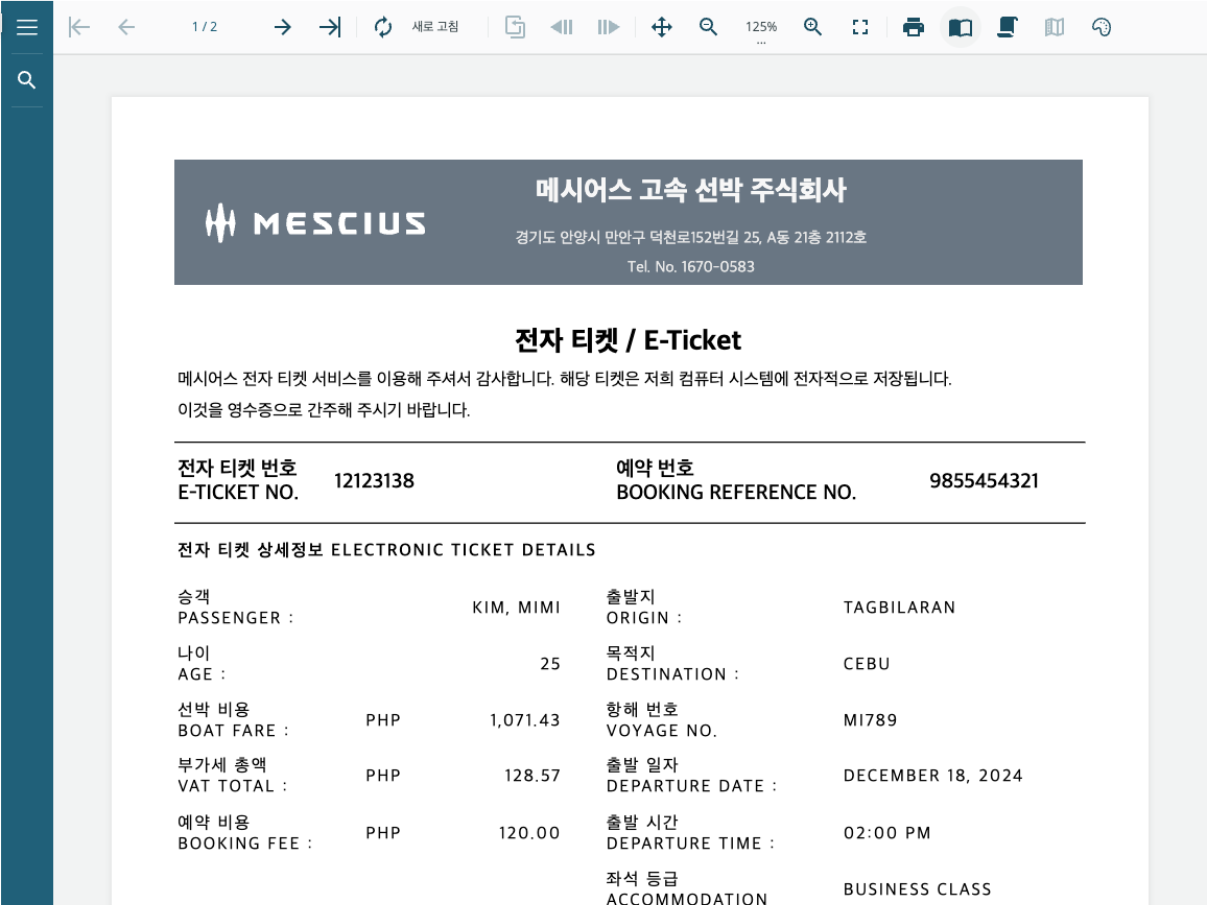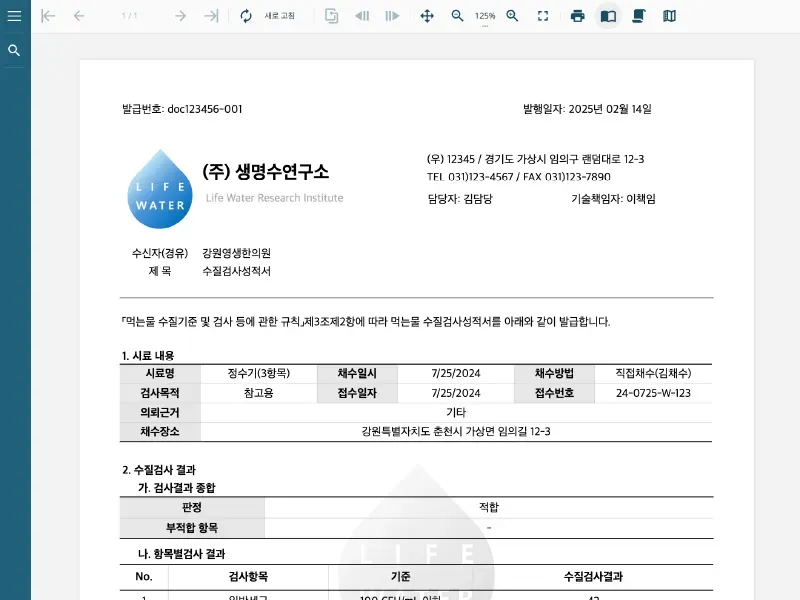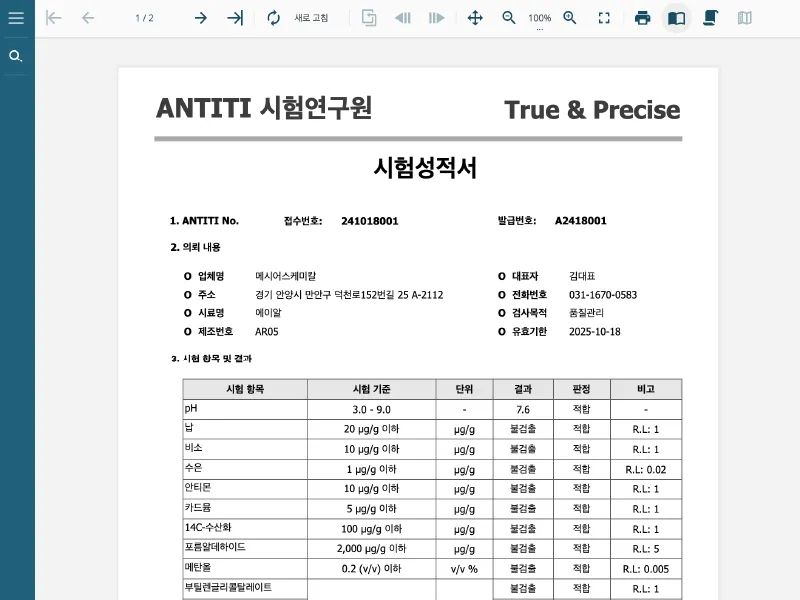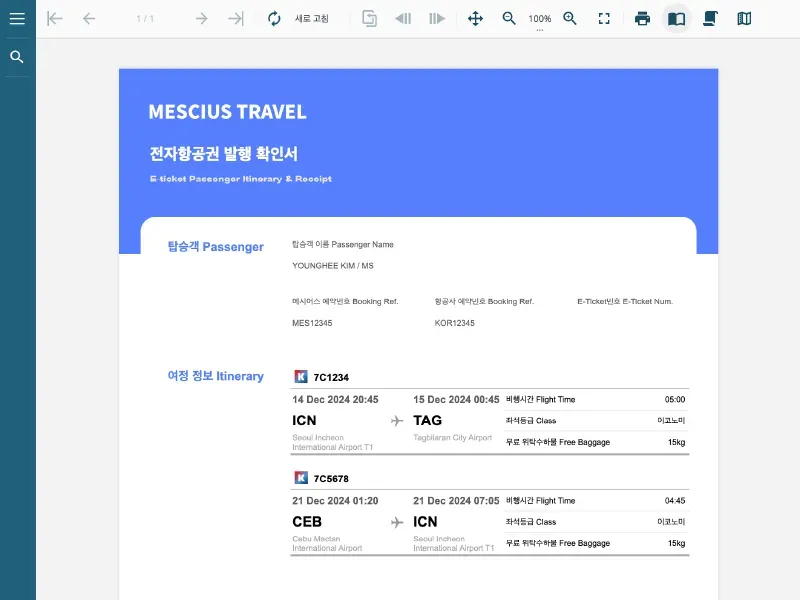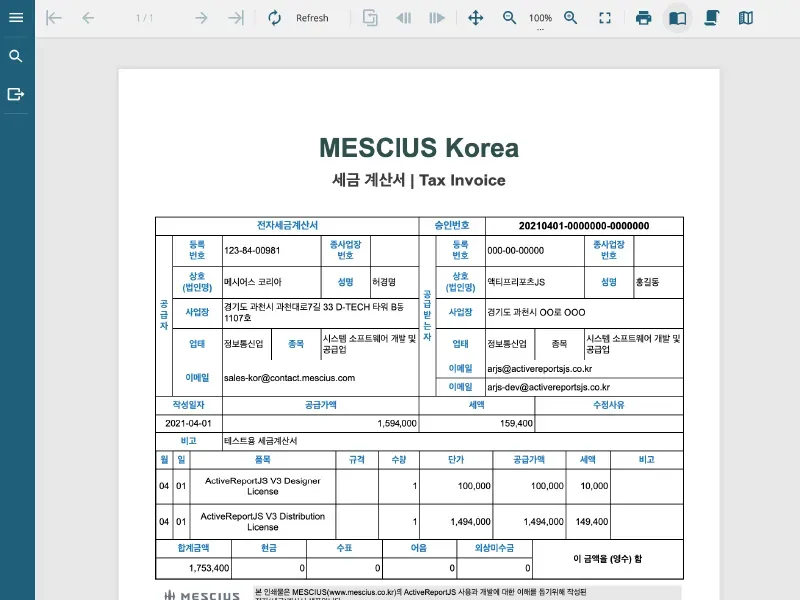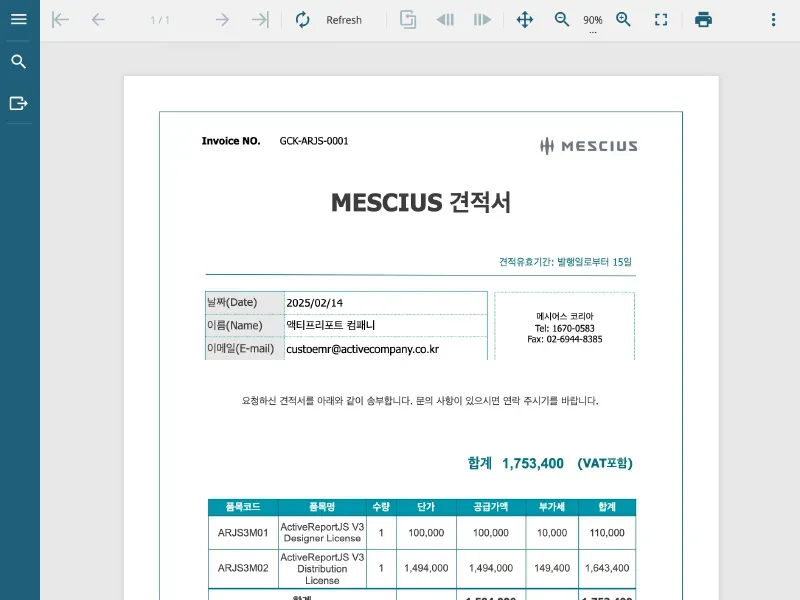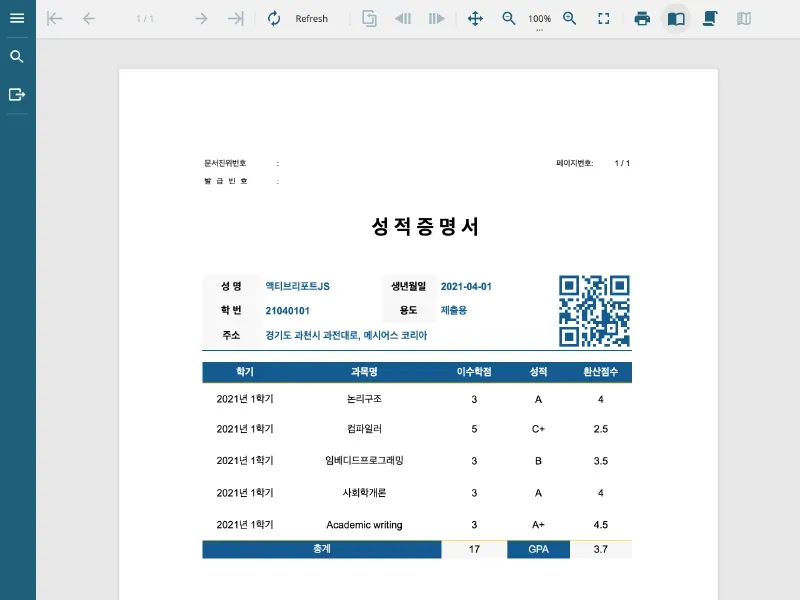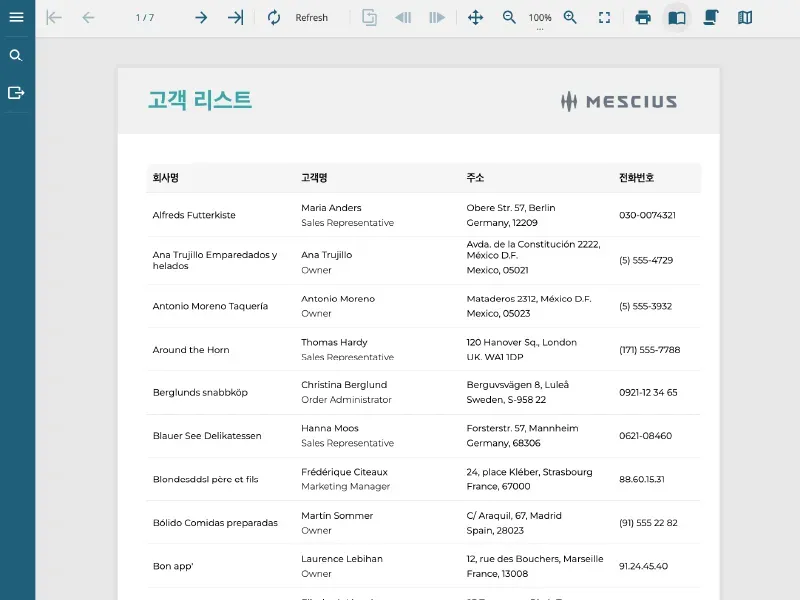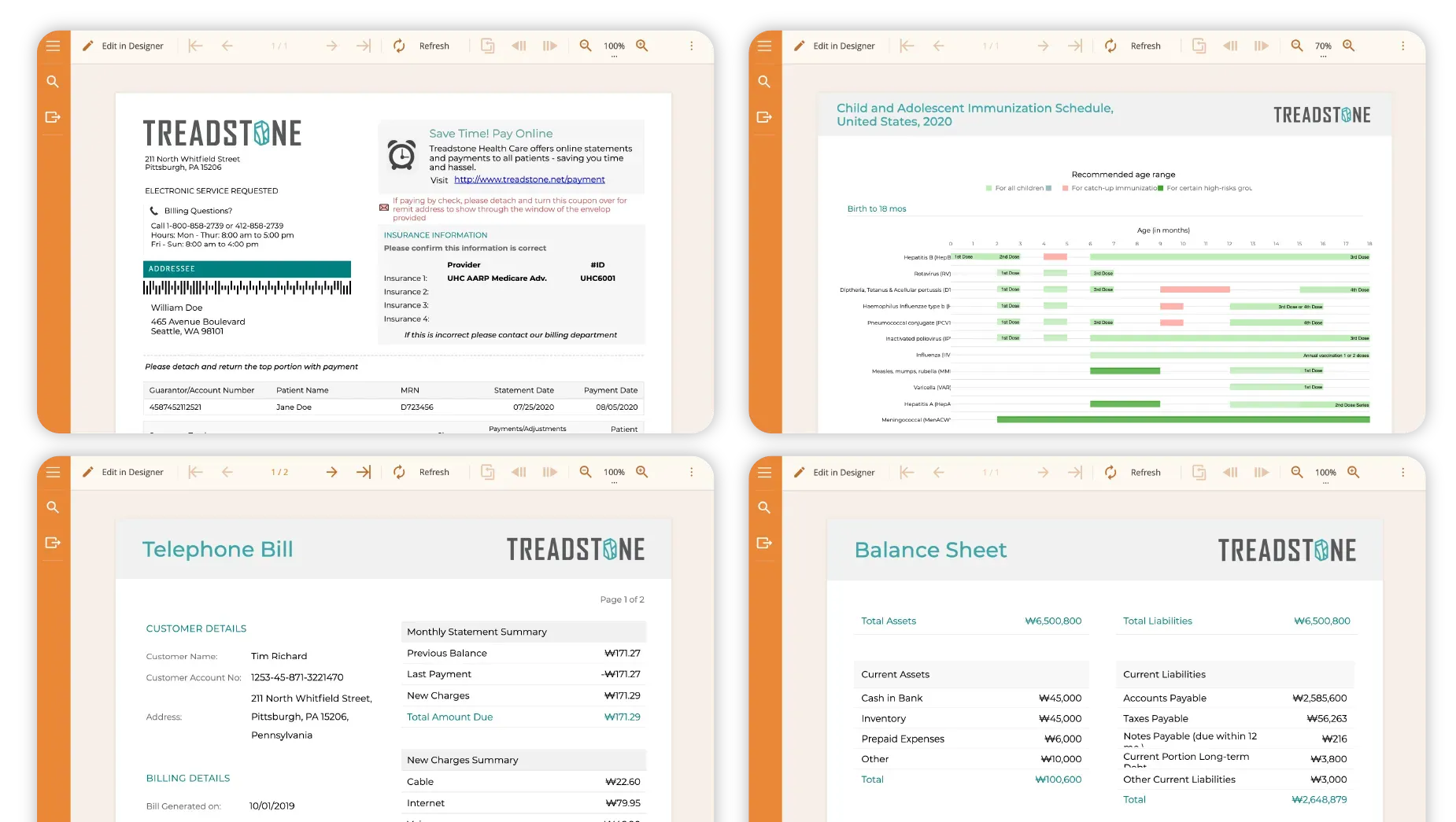Why ActiveReportsJS
Why Choose ActiveReportsJS for Next.js App?
2. Add the React Report Viewer Wrapper to your Next.js app.
Add a ReportViewer.tsx file containing the code below to the components folder of the Next.js app you will be working on.
* If the components folder does not exist in the root folder, create it.
* ActiveReportsJS does not support server-side rendering (SSR), so add the 'use client'; directive at the top to ensure that the component is rendered only on the client side.
3. Add the Report Viewer Wrapper.
Change the code in the app/page.tsx file to the code below.
4. Run the Next.js app to see the results.
npm run dev
ActiveReportsJS Starter Template
Jump-Start Your Development with Customizable Samples and templates.
A variety of templates and samples using ActiveReportsJS. You can view live demos and download them to customize and use yourself.
ActiveReportsJS Key Features for Next.js
List of Services
-
Powerful Data BindingList Item 1Enhanced data binding capabilities allow you to quickly and easily bind reports to REST APIs, OData, and GraphQL.
-
Flexible Report LayoutList Item 2Choose from two different layout types and a variety of controls to create a more complete report.
-
Data VisualizationList Item 3Generate high-performance JavaScript reports for your web applications using a variety of JSON data sources. Gain greater insights through tables, lists, and charts.
-
Custom ReportsList Item 4Leverage the Report Designer component to help users create reports faster and more sophisticated.
-
Perfect ViewerUse the viewer component to provide your end users with the best viewing, exporting, and printing capabilities.
-
Front-end Framework SupportActiveReportsJS supports all major frameworks, making it easy to integrate into Angular, React, Svelte, Vue, Nuxt, Next.js, and Vite applications.


